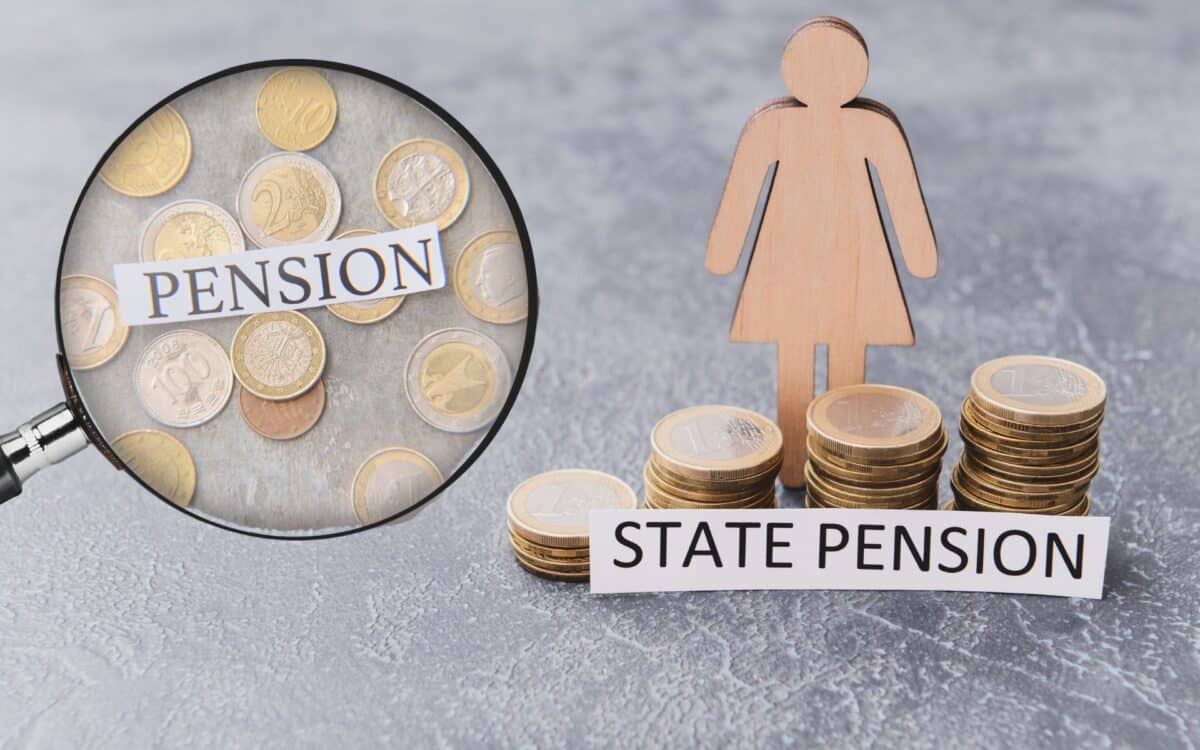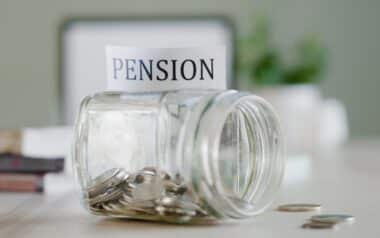The UK state pension rose by 4.1% in April 2025 under the triple lock system, a mechanism designed to protect retirees’ income from being eroded by inflation or weak wage growth.
The DWP state pension update for April 2026 is now in focus, as early economic indicators point toward average earnings growth leading the adjustment once again. Experts warn, however, that this projection could shift if inflation reaccelerates.
According to a recent analysis published by Devon Live, wage trends currently outpace consumer prices, but external pressures—including currency fluctuations and global instability—could quickly alter the outcome.
How the Triple Lock Determines State Pension Increases
The triple lock formula ensures that the state pension increases each April by the highest of three measures: 2.5%, average earnings growth, or the inflation rate (CPI).
For 2025, the deciding factor was average earnings growth, which reached 5.5% between January and March, compared to 2.6% inflation in the same period.
The last time inflation was the determining factor was in April 2023, when skyrocketing prices the previous year resulted in a record 10.1% increase in the state pension.
Wage Growth as the Dominant Measure in 2026?
Matthew Parden, CEO of Marygold & Co., stated that wage growth is currently the most likely metric to drive next year’s increase. He said:
Wage growth has remained resilient, bolstered by a tight labour market and continued upward pressure on pay across both public and private sectors.
While inflation has started to ease significantly compared to recent peaks, earnings have continued to outpace price rises in some sectors, which could result in the earnings measure becoming the dominant factor in calculating the state pension increase.
He also highlighted the risk of a reversal in inflation trends, warning:
A weaker pound, geopolitical instability, or further disruption in food or energy markets could all lead to renewed price pressures.
Inflation Remains a Variable to Watch
Mark Pemberthy, benefits consulting leader at Gallagher, also sees earnings growth as the primary driver—but he cautioned that the situation could change:
At this stage, even though earnings growth appears to be easing it is more likely to be the driving factor in next year’s triple lock increase.
However, inflation remains volatile and could still shift the outcome, especially if external pressures resurface. Labour’s commitment to the triple lock for this Parliament offers short-term predictability, but the policy’s long-term sustainability remains under increasing scrutiny.
He also addressed how unpredictable the outlook remains:
Forecast earnings growth over 2025 is 3.5%, so that still seems most likely to be the driver for the next the triple lock increase, but making even short-term predictions at the moment is difficult.
The triple lock brings welcome certainty for pensioners, but its current structure means that short-term fluctuations in earnings or inflation could have lasting fiscal consequences for taxpayers of the future.
September Snapshot and Potential Thresholds
Will Stevens, head of wealth planning at Killik & Co., echoed the view that earnings may again be the decisive factor—or possibly the 2.5% floor. He noted:
Based on current figures, it looks most likely that earnings will be the key driver for the state pension triple lock next year, or even the 2.5% lower threshold – particularly given inflation was 2.6% in March.
While the key CPI snapshot for the triple lock comes in September, any tariff-related inflation may arrive too late to affect it.
Retirement Planning and Investment Strategies
Mr Stevens also offered advice to pensioners who may be concerned about future expenses:
Low risk investments, such as Government or corporate debt, can make sense to protect the capital value of these savings, while still securing a level of return.
However, investing and risk is inherently a personal decision and any investments should be selected with the aim of matching an individual’s attitude to risk and required return to meet their financial goals.









